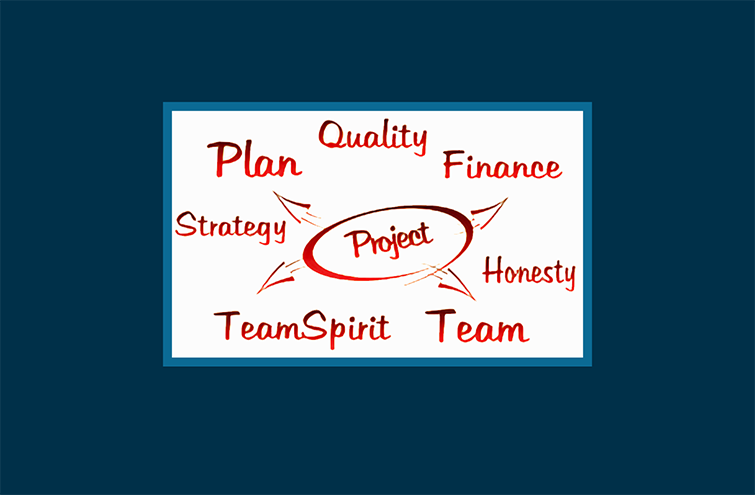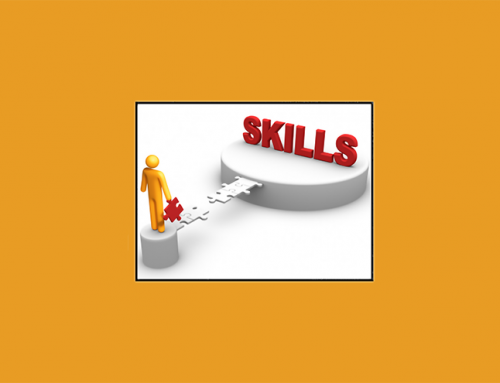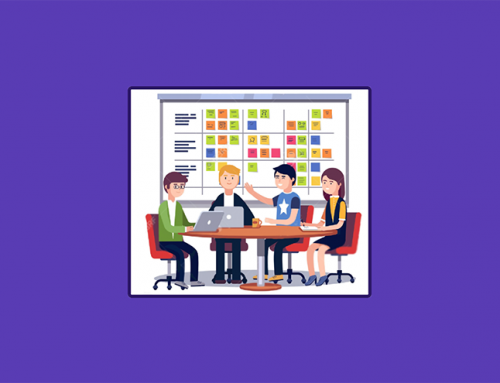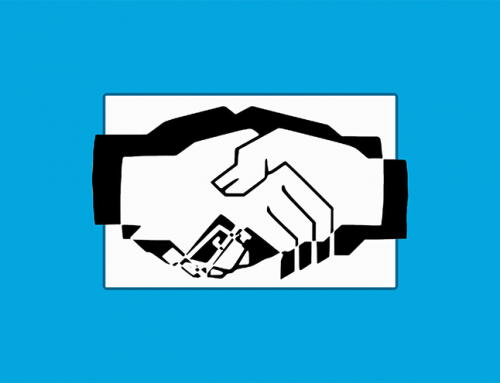Product Manager (PdM), TPM and Engineering Manager (EM) form the leadership triad on which hinges the success of any project. At a very basic level, PdM decides on ‘What’ needs to be done whereas TPM and EM owns ‘How’ it will be done. These boundaries are not set in stone and may blur significantly depending on the type of the project – business driven or tech driven, domain/ technical expertise, impact and influence of the PdM, TPM and EM within the organization.
In this article, we will focus on the PdM and TPM relationship. Basic premise of this relation is that PdM speaks the business language and TPM’s job is to convert it in technical requirements to be passed to the engineering team. To successfully do this ‘translator’ job TPM needs to have good understanding of the business domain along with a good grasp of technology.
Here are some best practices for TPM on managing PdM:
-
Think like a Customer/End User
-
Speak PdM’s Language
-
Connect Regularly
-
Agreement on Process:
-
PdM and EM interaction:
-
PdM in SCRUM
-
PdM in Backlog Grooming:
-
PdM in Sprint Demos
-
Partnership in Incident Management:
-
Quarterly Planning:
-
Customer Interaction:
Think like a Customer/End User: PdM is either working on a new product/ service or enhancing an existing one. PdM’s focus is on business impact and the bottom-line. When TPM starts thinking like an end user/customer and start seeing things through the business lens, he/she will immediately connect with PdM.
Speak PdM’s Language: It is TPM’s job to simplify technical aspects of the project in a way that is understandable by PdM. You should not be a simple carrier of information from Engineers to PdM and vice versa. Reduce the technical jargon/use abstraction and present information in a digestible form to PdM.
Connect Regularly: TPM and PdM should be connecting at least once a week if not more. This meeting can be used to cover engineering status update, requirements in the pipeline, upcoming launch dates and any change in priorities etc.
Agreement on Process: TPM and PdM needs to agree on the ‘amount’ of process that needs to be put in place for maximum productivity and smooth delivery. For example, if following a biweekly sprint cycle, any new requirements should not be introduced into the middle of the sprint. They need to agree what are the strong boundaries and where is some flexibility.
PdM and EM interaction: Ideally, PdM shouldn’t be talking to EM or the engineers directly regarding the project. This undercut’s TPM’s impact and influence and results in engineering team’s randomization. It impacts the project adversely. TPM gets left out of the loop and is in the catchup mode. TPM may also be blamed for ‘abandoning his post’ and not managing the project stakeholders properly.
PdM in SCRUM: While PdM may show up in the SCRUM once in a while, generally tech team is not very comfortable with PdM’s presence on a regular basis. TPM is on point to keep the PdM updated on project progress. SCRUM should be left to the TPM and the technical team.
PdM in Backlog Grooming: TPM should own/setup a regular backlog grooming meeting with Product Manager. This is a great avenue to keep requirements updated and a healthy backlog ready for the engineering team. This meeting may include EM depending on the project.
PdM in Sprint Demos: TPM owns setting up of sprint demos where team showcases all the great work done by them in the sprint. TPM should invite PdM into this meeting as the voice of the customer for whom the product is being built.
Partnership in Incident Management: TPM and PdM should collaborate on reviewing any bugs/incidents in the product/service and assign correct severity and priority.
Quarterly Planning: PdM drives quarterly planning to put together the book of work for the upcoming quarter or trimester. TPM collaborates with PdM in bringing in technical priorities like critical security patching, platform or software upgrades etc. The objective is to have a balance of business and tech items for the quarter. TPM is also responsible for getting the high-level estimates on the book of work so that targeted scope for the quarter can be locked.
Customer Interaction: Although PdMs are primarily responsible for direct customer interaction, TPM’s presence can help in covering the technical aspect. This provides strong backup to the PdM while giving TPM opportunity to directly interact with the customer.
TPM is voice of the engineering team to the PdM and voice of the customer (via PdM) to the engineering team. Strong partnership between TPM and PdM can boost engineering team productivity and reduce churn significantly. Both these functions can learn a lot from each other, making them more valuable to business and also priming them for leadership roles ahead.





Leave A Comment